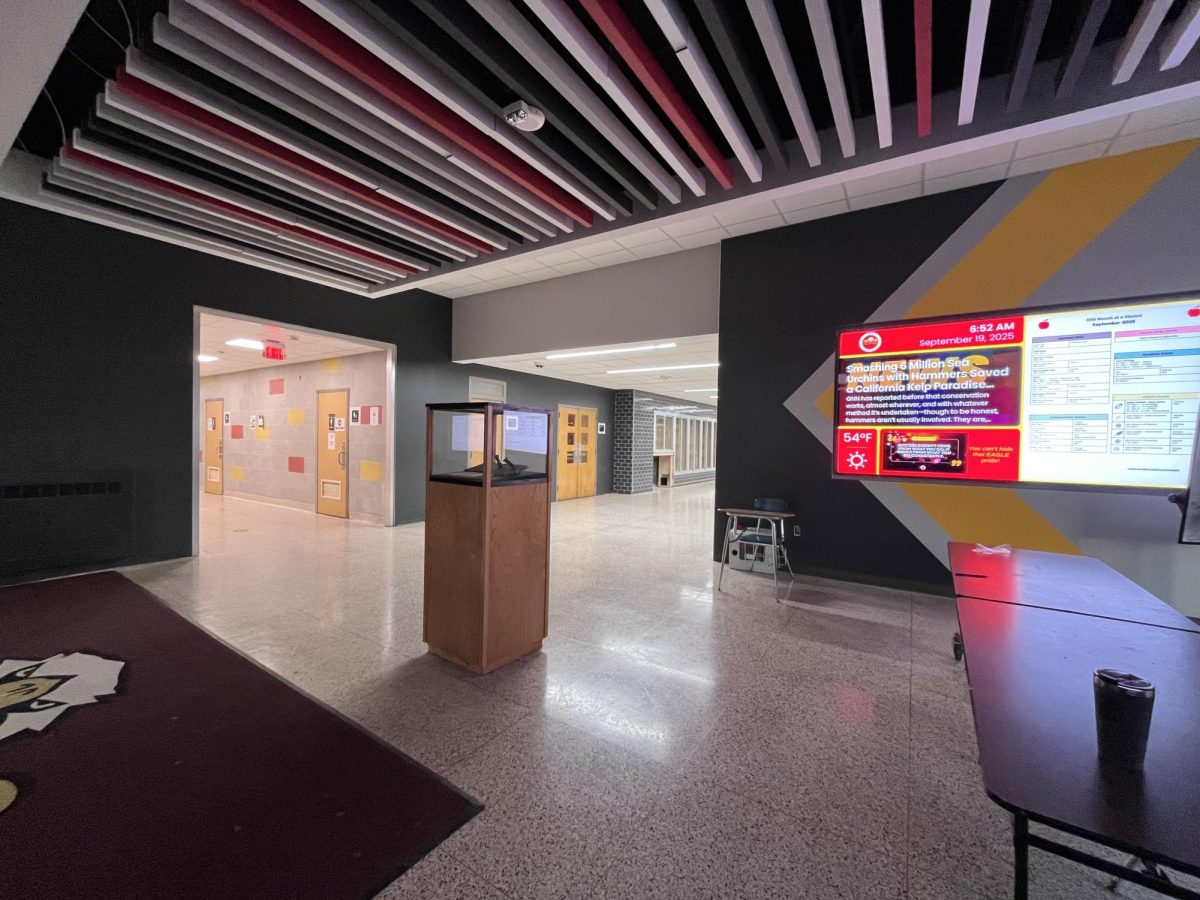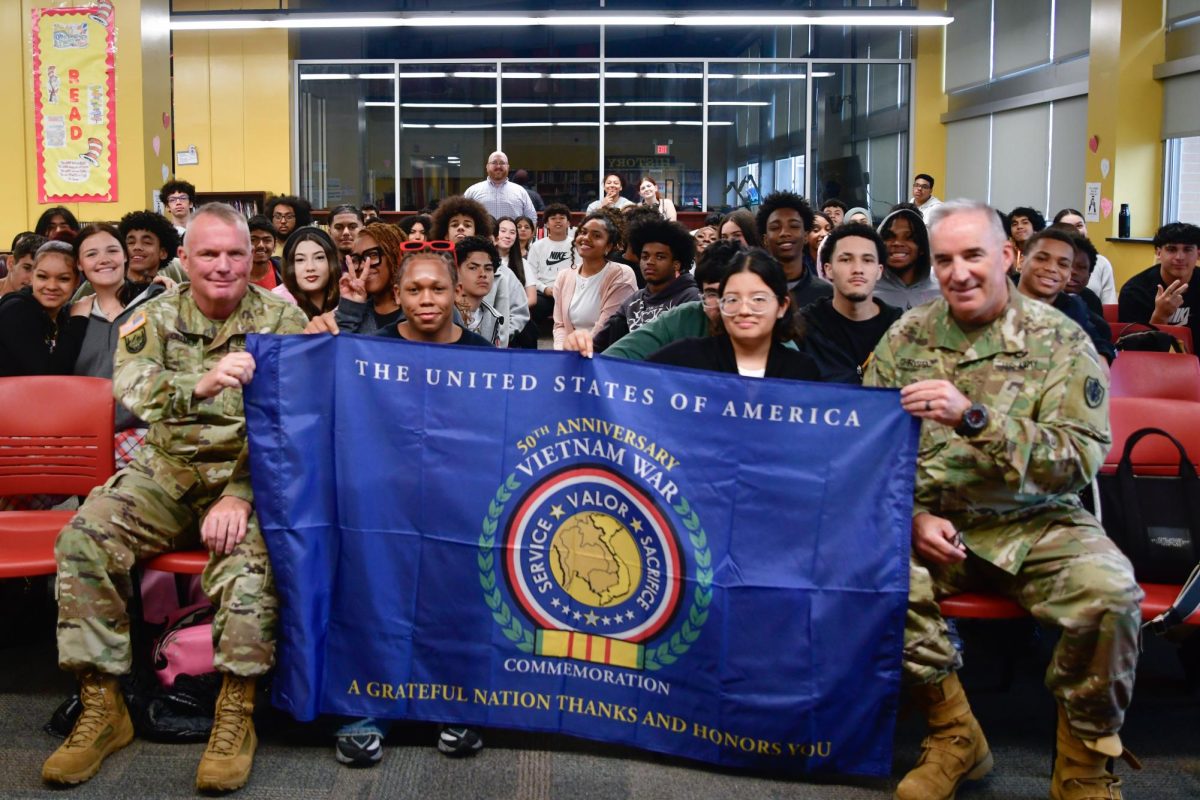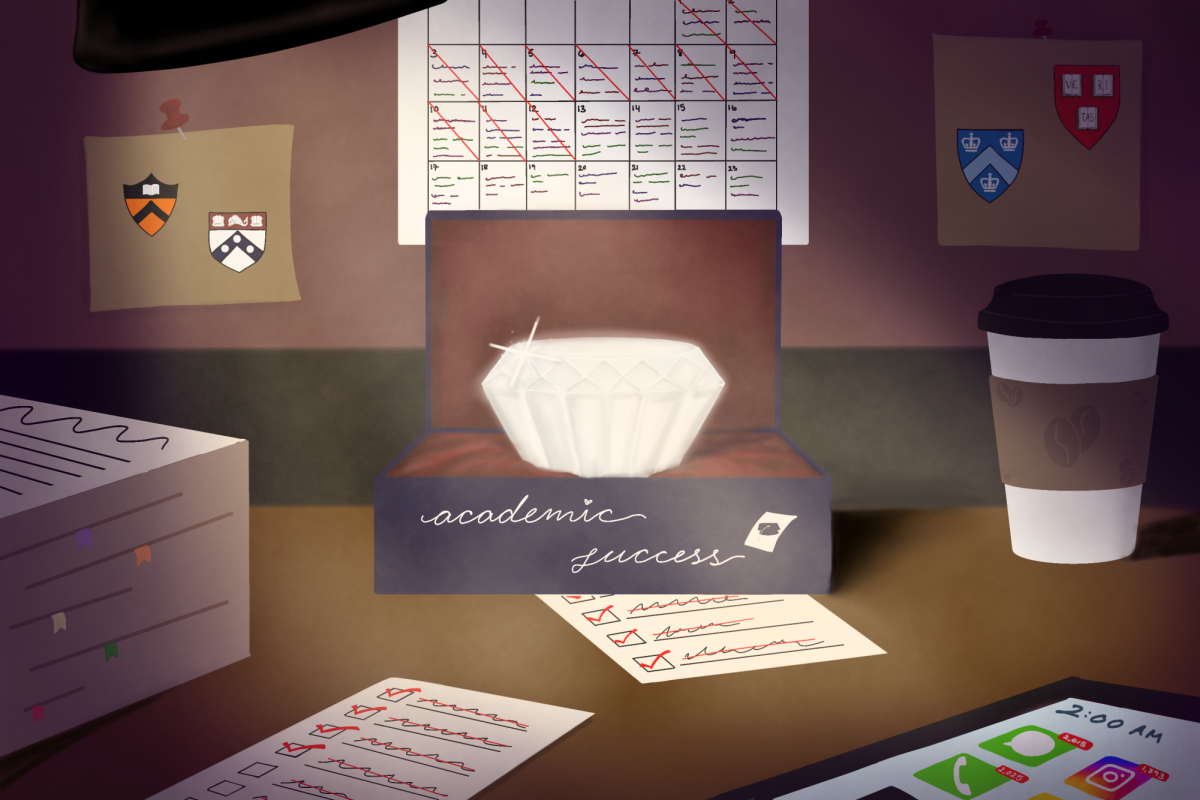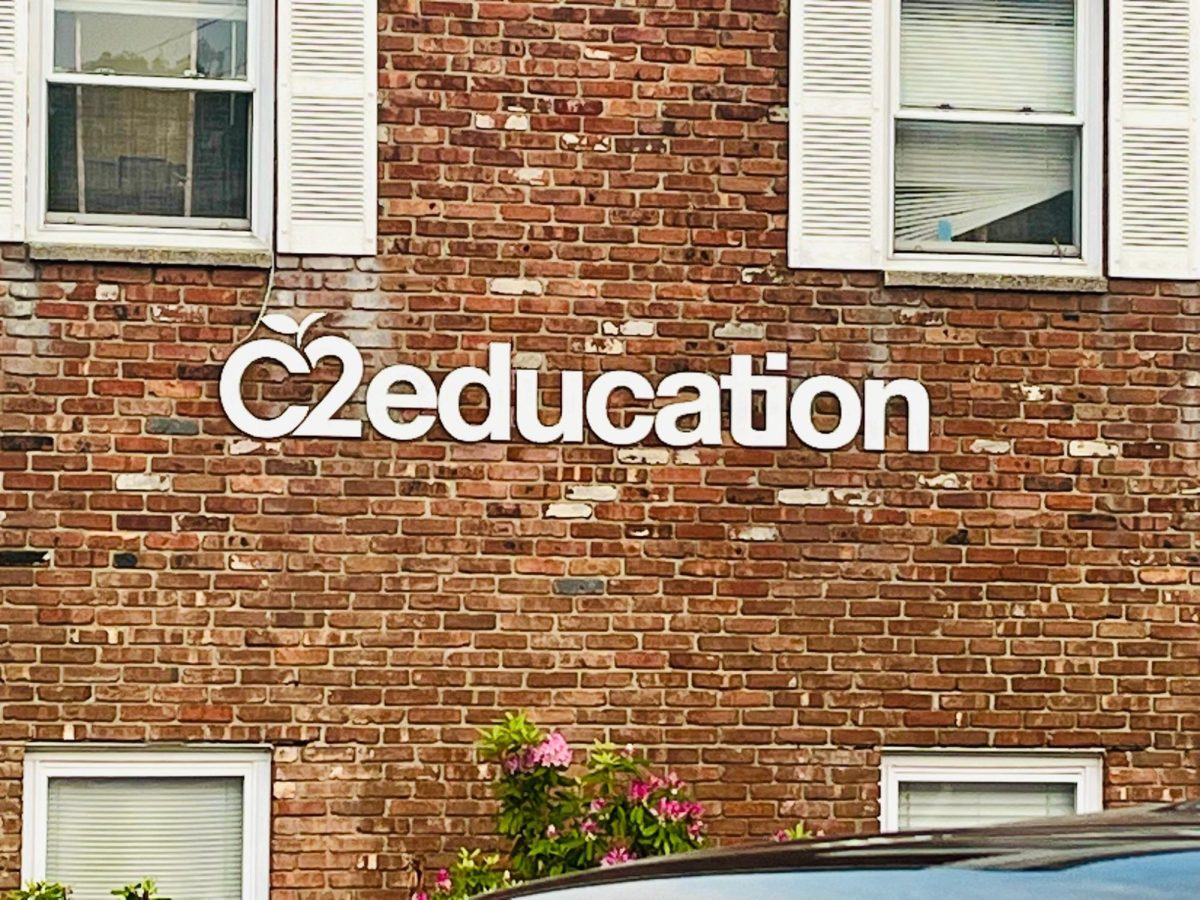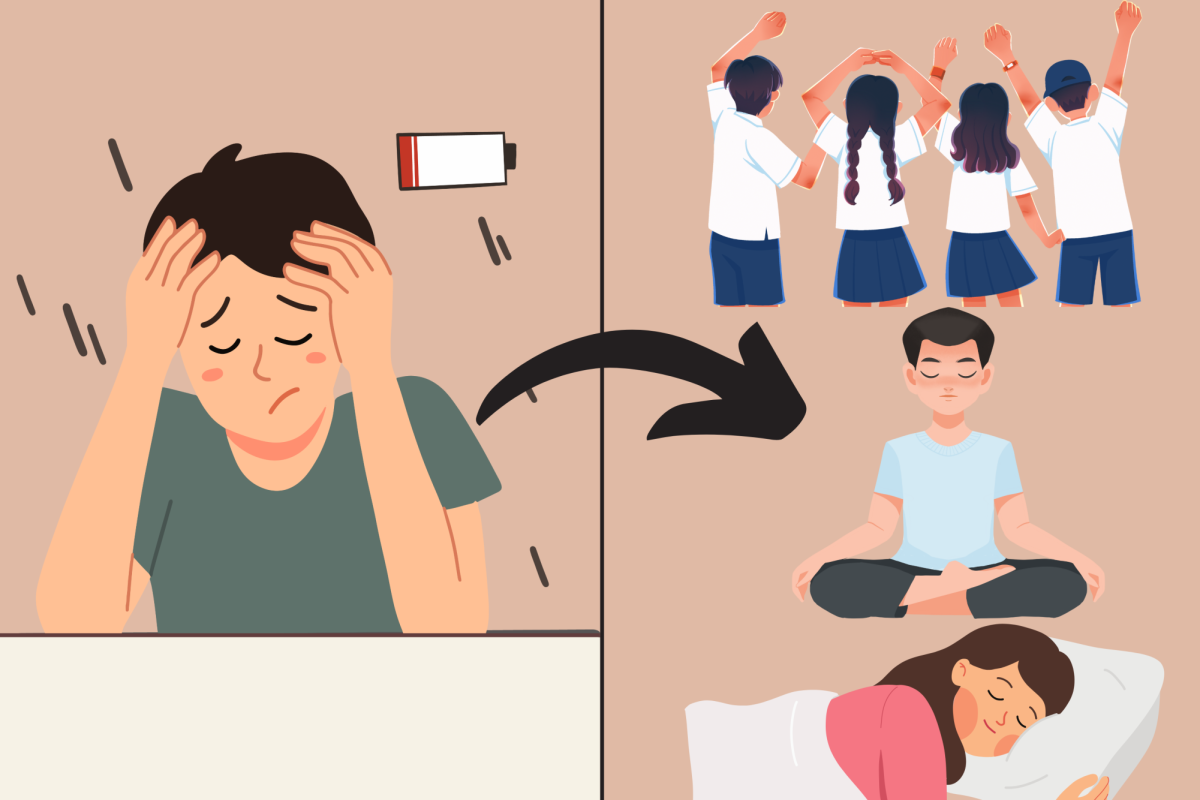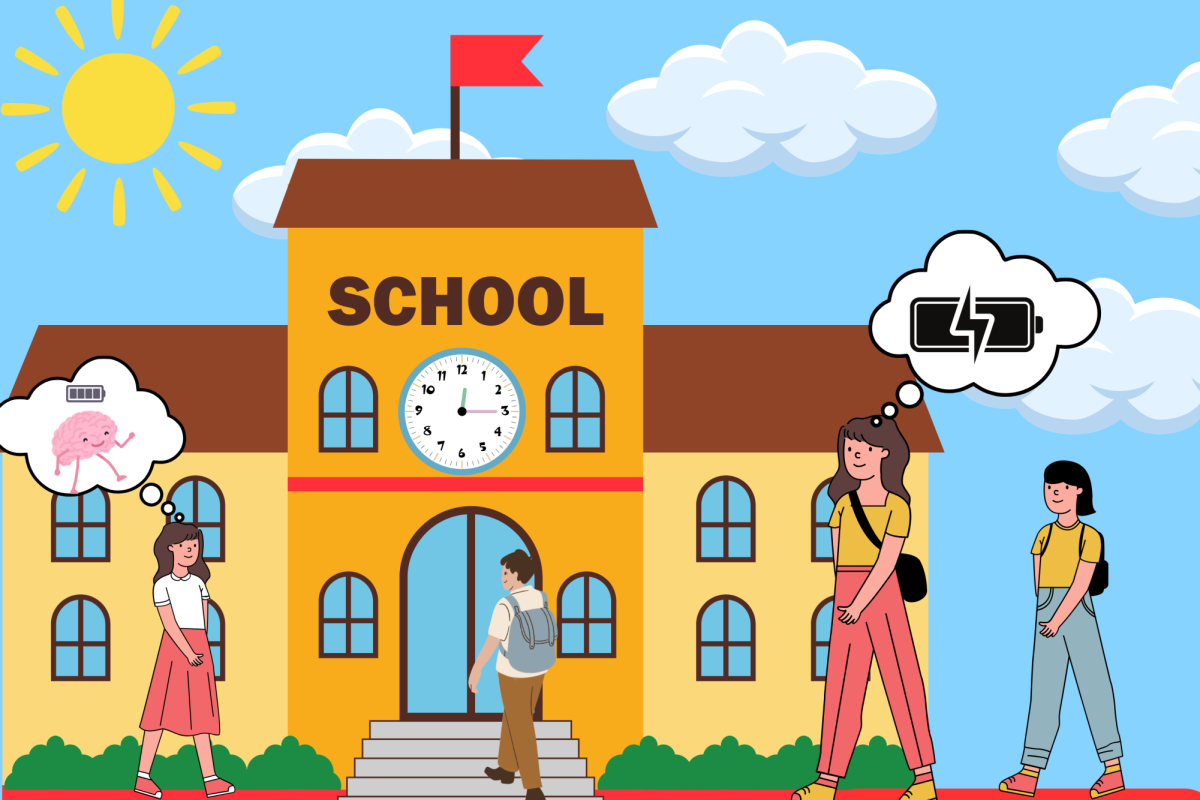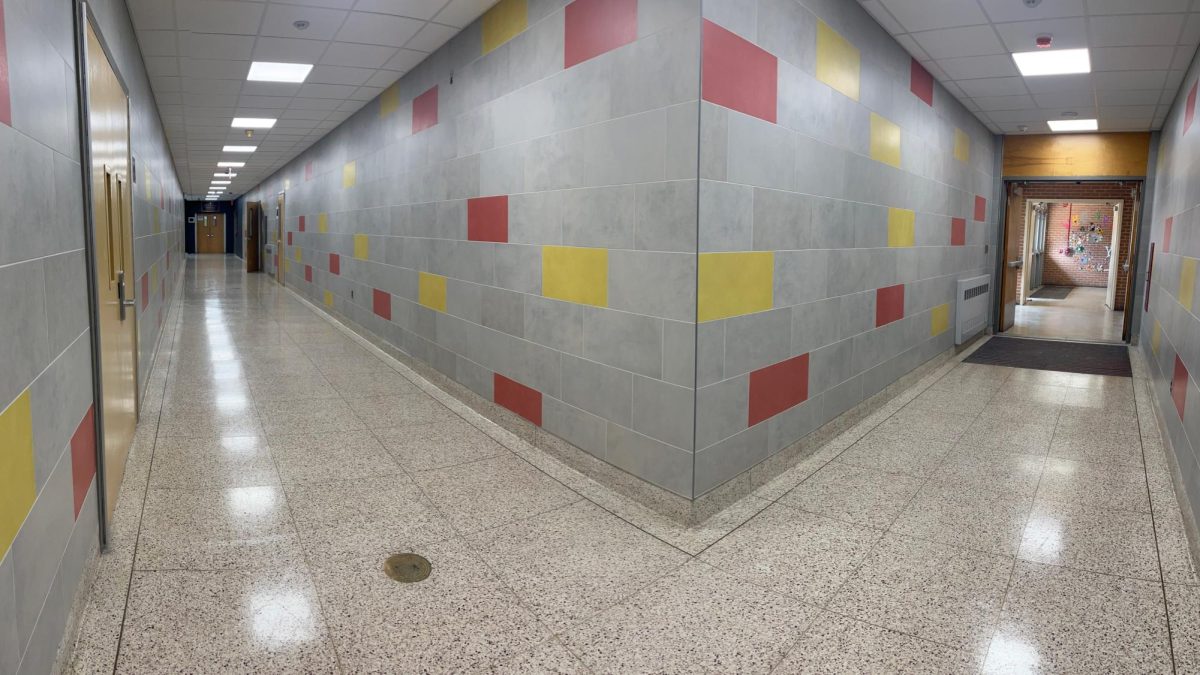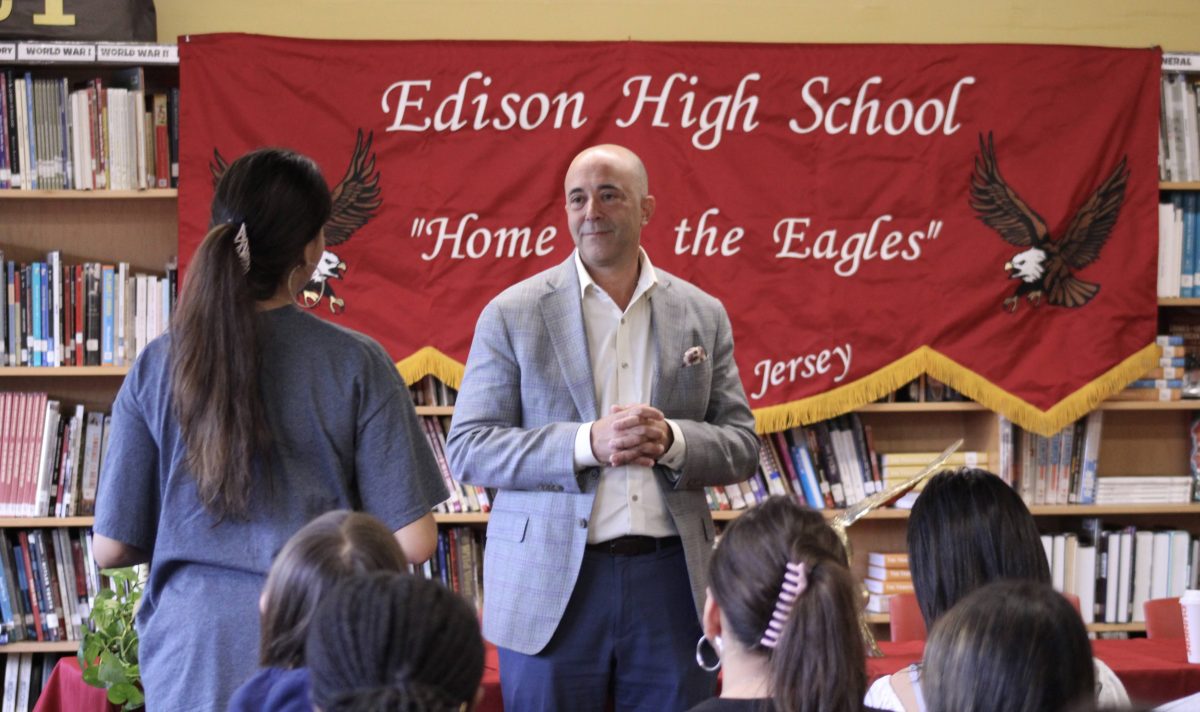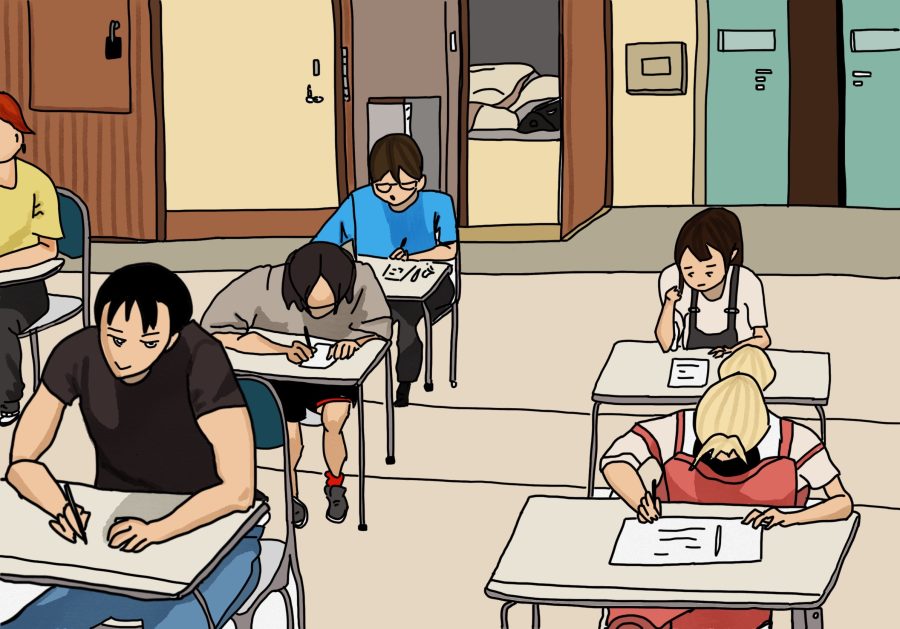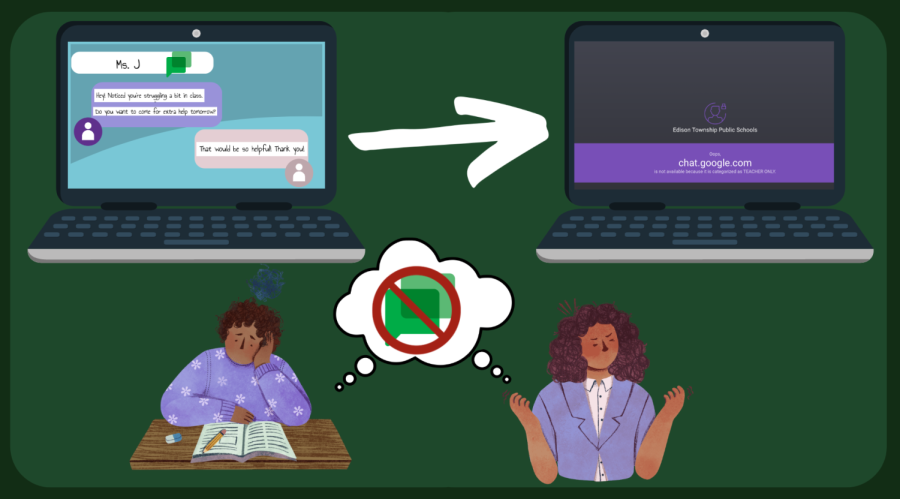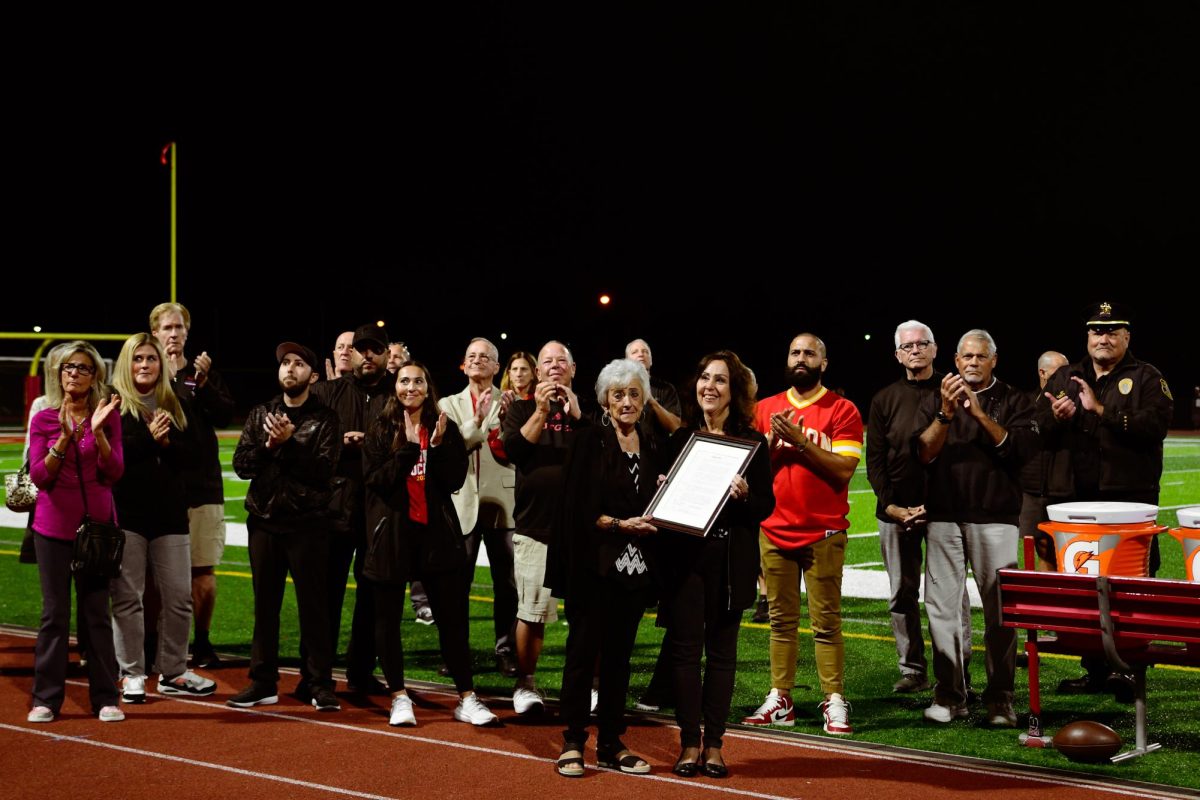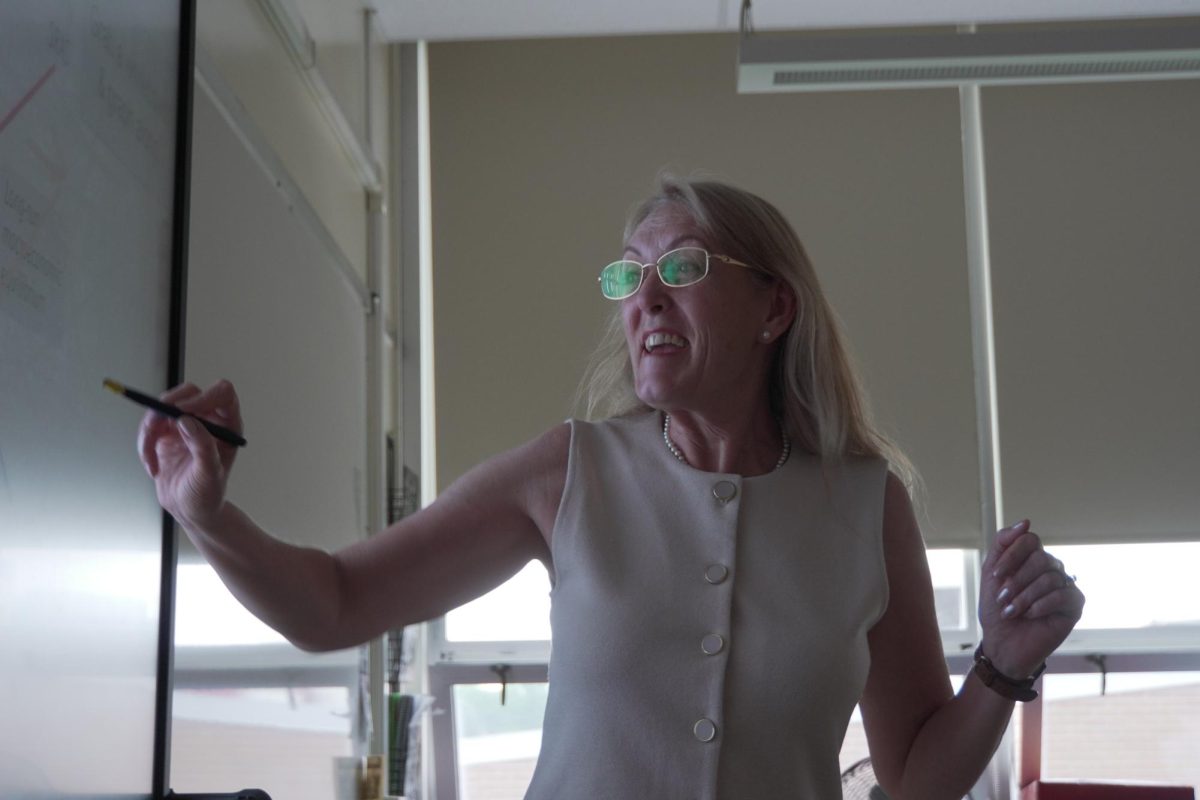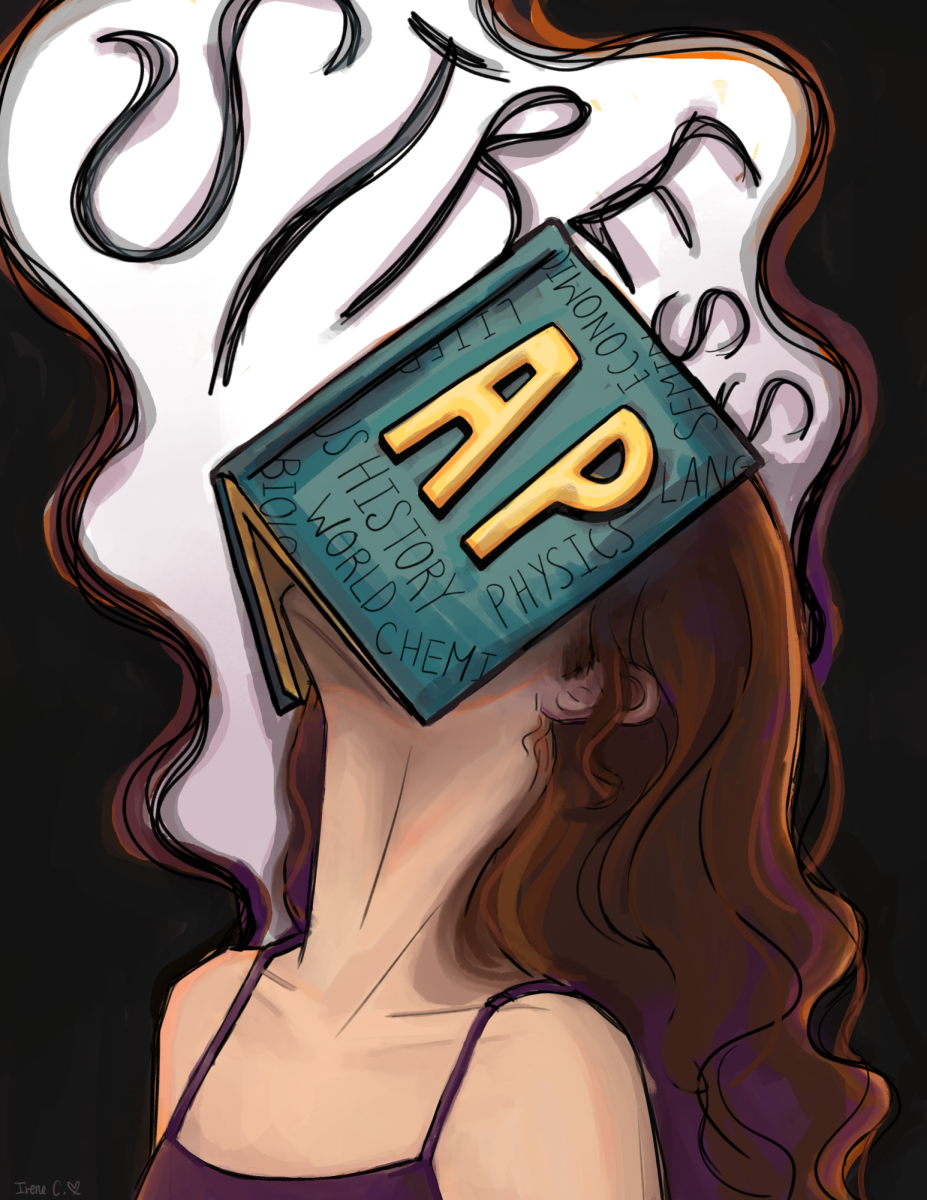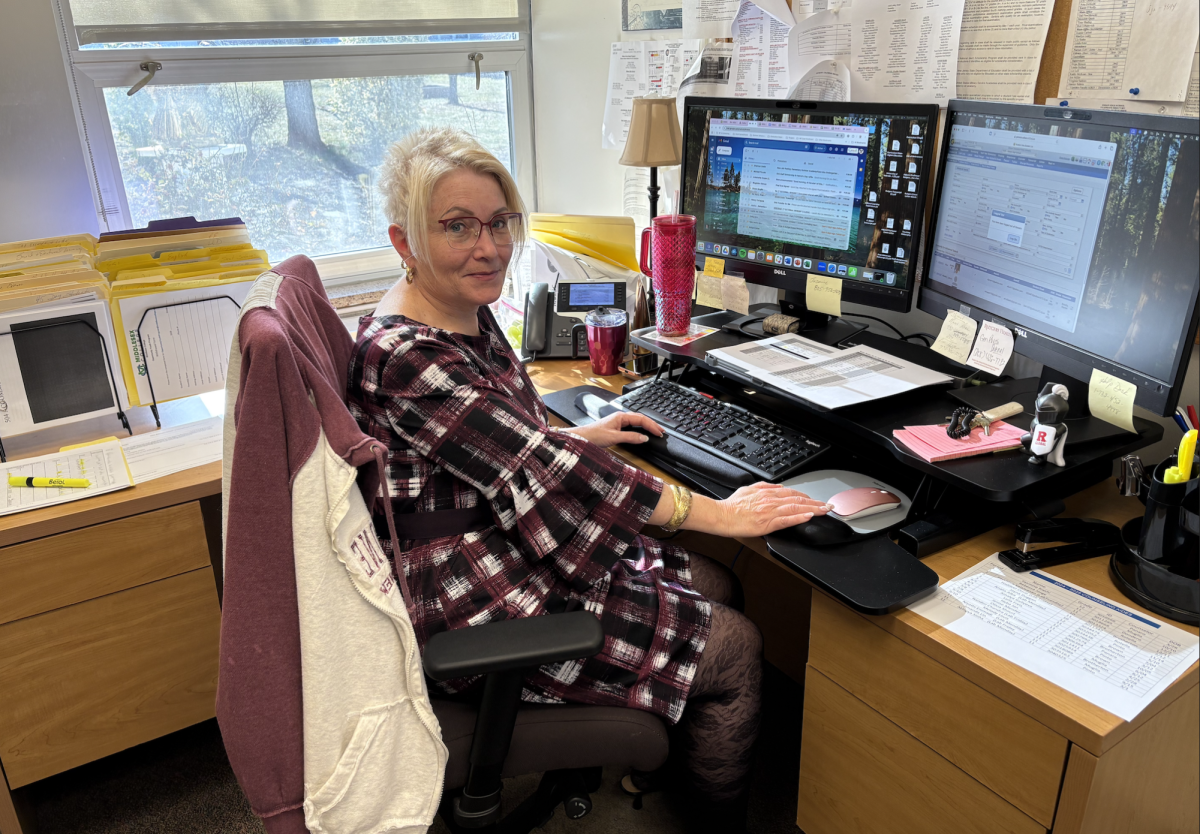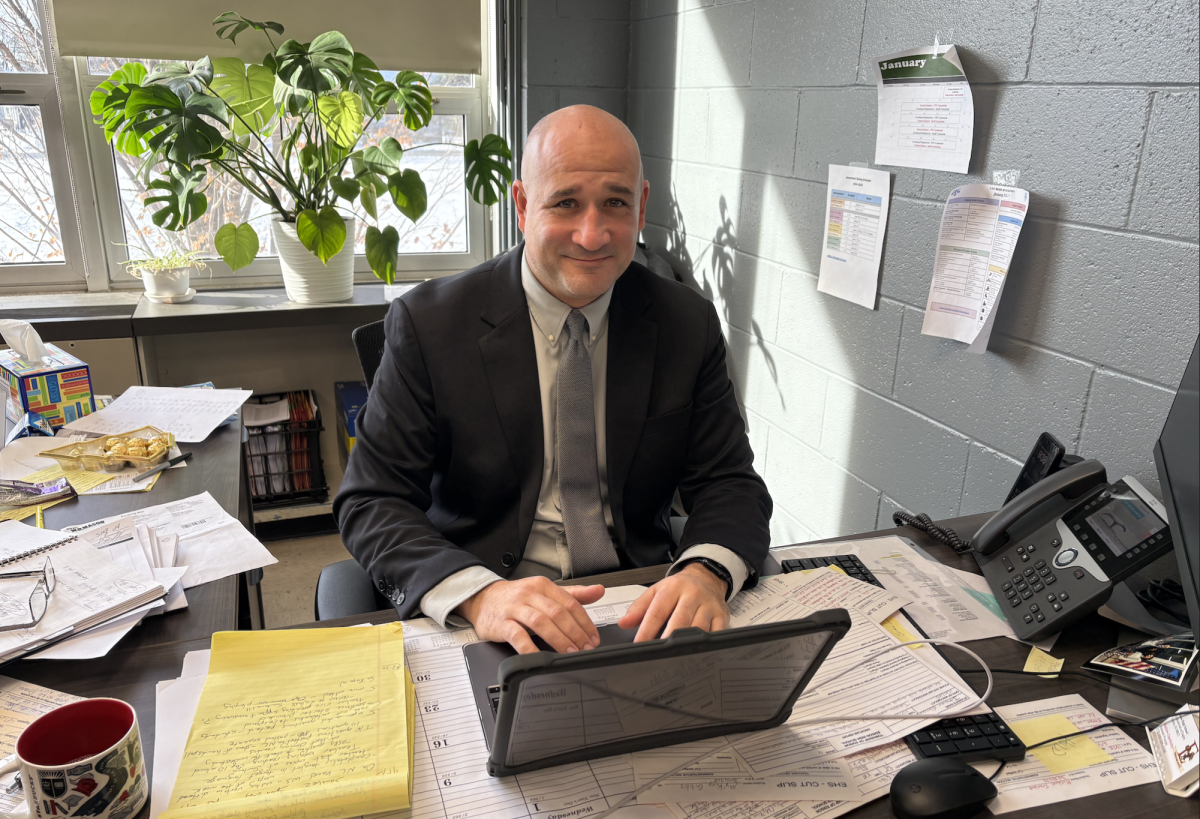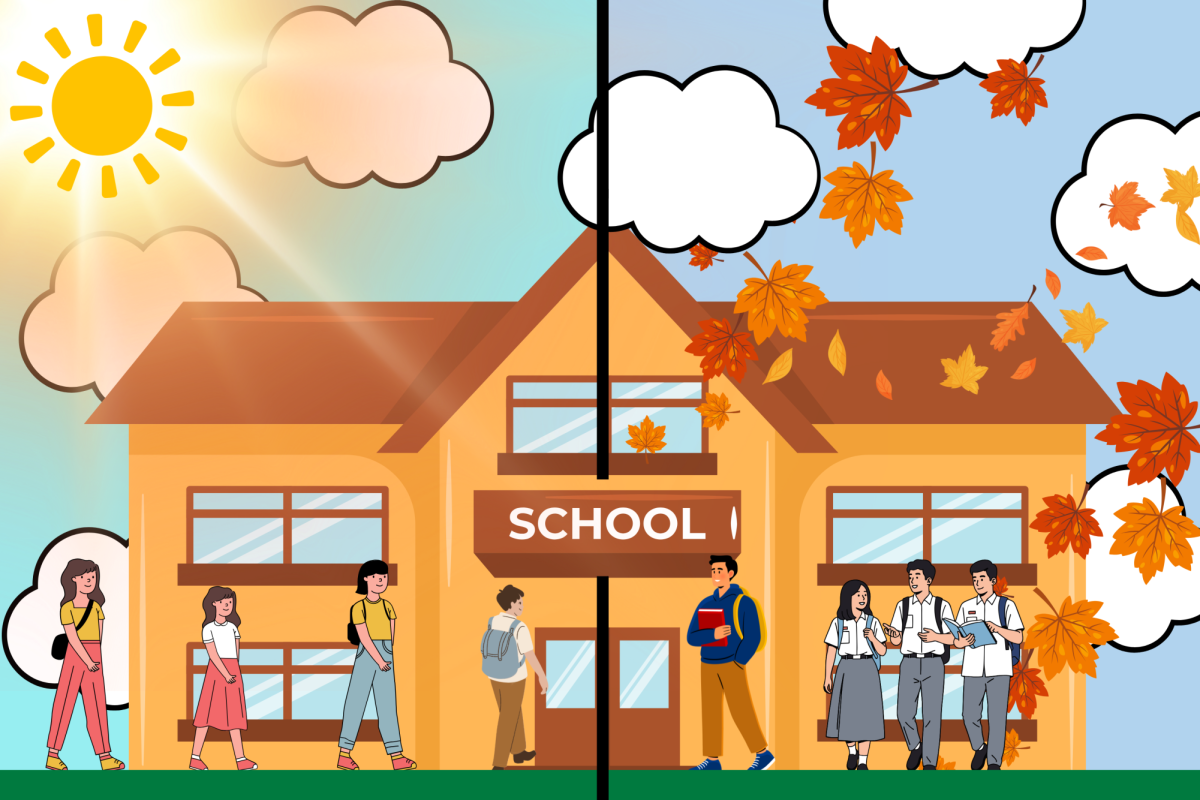The Debate
Every year, as July winds down, a familiar question resurfaces across the nation: During what month of the year should school start? In states like Georgia and Arizona, students are already sharpening their pencils in early August. Meanwhile, here in New Jersey at Edison High, we follow a tradition that has become increasingly rarer: beginning after Labor Day in September.
The Case for August
The proponents of an August start often cite benefits, using academics as justifications for their views. First of all, by beginning earlier, schools can align semesters with the winter break, allowing exams to be completed before the holidays. Such a practice is often common in states such as Indiana (a state that ends school in August), where students are able to finish their material before heading off to a two-week break in December and then start anew once they come back. Additionally, a start in August also benefits students taking higher-level classes such as Advanced Placement (AP). Students are able to get extra time to study for an exam that takes place on a set date across the country, as compared to peers in other states. In late-starting states, many teachers often have to rush the curriculum and may even skip entire units. Hence, in an exam that tests the entirety of the year’s curriculum, even a few additional days of review can mean the difference between a pass and a fail, let alone the advantage afforded by an entire month. However, the benefits of an August start do not only pertain to studies. In states where the weather starts to get colder in the earlier months of September and October, starting practice in August can give high school athletes a chance to get out on the field earlier and start matches with other schools before fall rain and colder temperatures affect schedules.
The Drawbacks
However, there’s a flip side too. For schools in the hotter regions, an August start could mean that students are back in the classroom during some of the hottest weeks of the year. In fact, even in a Northeastern state like New Jersey, August temperatures can soar to 80 and 90 degrees in classrooms that often lack air conditioners. In turn, the learning process becomes much more difficult. Additionally, multiple summer programs geared towards high schoolers often go through mid to late August. For example, the Tufts University Biomedical Engineering Research Scholars (TUBERS) Program runs all the way through mid-August. An earlier start can interfere with summer programs and jobs that often extend into mid-August, limiting students’ abilities to participate in summer extracurricular programs that are valued in college admissions.
Why We Love Our September Start
“I love coming to school in September because the weather gets a bit colder and I don’t have to spend my first month of school in a hot classroom,” Pranav Srinivasan ‘27 stated.
For Edison High, there is something special about a start in September. First of all, we get to experience a full, uninterrupted summer without schoolwork interrupting one of the hottest months of the year. This time allows students more room for summer jobs, camps, family vacations, or simply recharging before the year begins. Starting later also aligns naturally with the seasons: As the air cools and fall approaches, a new school year begins, creating a fresh new start.
“Due to the influence of the past years’ schedules, starting in September makes summer feel complete,” said Krish Saini ‘27. “I would rather finish in June than lose part of August.”
While critics may point out that AP students gain extra time to prepare for exams in May, multiple schools are able to adjust pacing so that all material is covered on schedule. In practice, success on AP exams does not have so much to do with how many days are in the calendar as it does with how well those days are utilized. Others might say a September start pushes first-semester exams into January, but the extra review time after winter break can actually help students perform better on cumulative tests. In the end, the September start preserves a sense of balance: School takes place in the fall, winter, and spring, while summer remains a true break. While not the most common schedule across all states, our September opening is a part of those traditions that might not be the most popular but still make sense, and is one students are glad to keep.

